Kremlin spokesman Dmitry Peskov said on November 24 that Russia would respond if the above wish became a reality, according to Reuters. Mr. Peskov told reporters that building a " military Schengen" once again showed that Europe was not ready to listen to Moscow's legitimate concerns.
"NATO is constantly moving its military infrastructure towards our borders. We are not moving towards NATO infrastructure. NATO is moving towards us. And this certainly causes concern and leads to retaliatory measures to ensure our security," Mr. Peskov stressed.
Flashpoint: Gaza in ruins, gunfire halted; Ukrainian president warns commander-in-chief?
In an interview published by Reuters on November 23, Lieutenant General Alexander Sollfrank, head of NATO's JSEC logistics command, said he wanted to see a "military Schengen," an area with free military movement similar to the political Schengen area that allows free movement within most of the EU.
Mr Sollfrank added that he was worried that too much red tape across Europe was hampering troop movements, which could cause serious delays if conflict with Russia broke out.
“We are running out of time. What we don’t do in peacetime won’t be ready in a crisis or war,” Mr. Sollfrank said in the interview.
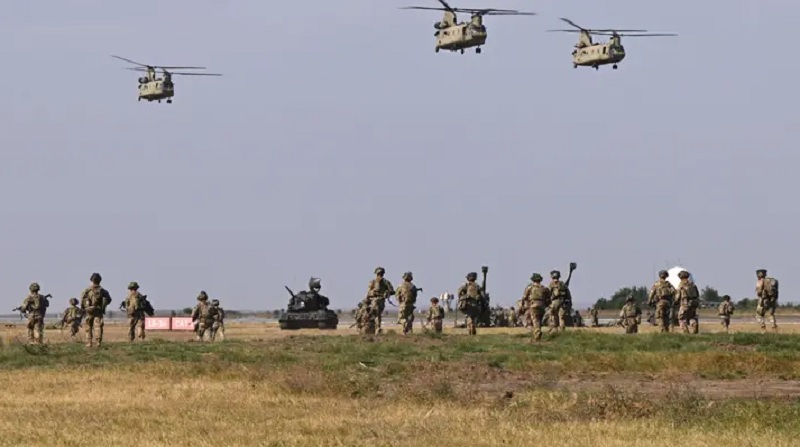
Soldiers take part in an exercise in NATO member Romania.
JSEC, based in the German town of Ulm, is tasked with coordinating the movement of NATO personnel and equipment across Europe. However, Mr Sollfrank said that although JSEC was set up in 2021 to streamline preparations for a potential war with Russia, its work was hampered by national regulations.
According to General Sollfrank, transporting ammunition across European borders often requires special permits, while transporting large numbers of soldiers or equipment may require advance notification. Therefore, Mr. Sollfrank suggested that European countries should establish a "military Schengen" zone to overcome these problems.
President Putin unexpectedly softens, calls for finding ways to end 'tragedy' in Ukraine
"We don't have the transportation capacity or the infrastructure to move NATO forces quickly across Europe," Ben Hodges, commander of the US Army in Europe until 2017, told Reuters. Hodges pointed out that different countries have different rail sizes, with German rail operator Deutsche Bahn only able to move about 4,000 troops, 90 tanks and 150 armored vehicles at a time.
There are also various roadblocks to travel, according to Reuters. A group of French tanks traveling through Germany to Romania for exercises last year was stopped because their weight exceeded German road traffic regulations. Even if the tanks were allowed to pass through Germany, they would not be able to pass through Poland due to poor bridge construction there, according to Breaking Defense .
NATO currently has 10,000 troops in eight battle groups stationed across Eastern Europe, according to RT. Last year, NATO Secretary General Jens Stoltenberg announced that he aimed to support forces deployed in Eastern Europe with 300,000 reservists on standby. According to Stoltenberg's plan, 100,000 of these troops would be able to reach the battlefield within a week and the rest a month later.
Source link


![[Photo] Hanoi morning of October 1: Prolonged flooding, people wade to work](https://vphoto.vietnam.vn/thumb/1200x675/vietnam/resource/IMAGE/2025/10/1/189be28938e3493fa26b2938efa2059e)

![[Photo] Keep your warehouse safe in all situations](https://vphoto.vietnam.vn/thumb/1200x675/vietnam/resource/IMAGE/2025/10/1/3eb4eceafe68497989865e7faa4e4d0e)
![[Photo] President of the Cuban National Assembly visits President Ho Chi Minh's Mausoleum](https://vphoto.vietnam.vn/thumb/1200x675/vietnam/resource/IMAGE/2025/10/1/39f1142310fc4dae9e3de4fcc9ac2ed0)


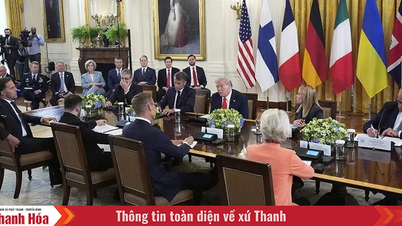

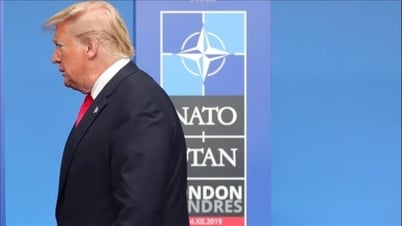

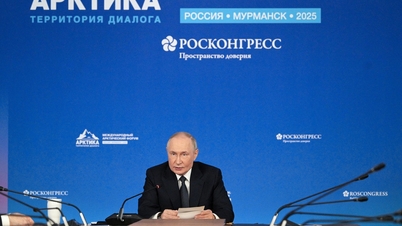

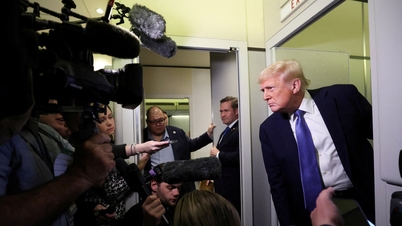




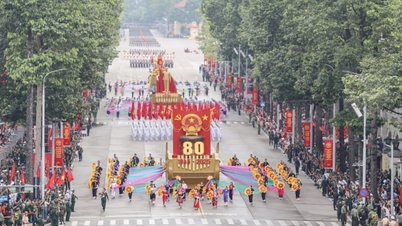


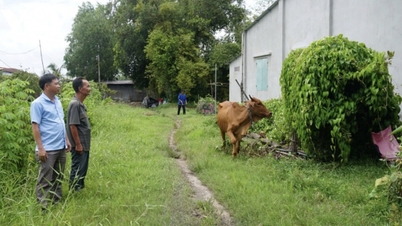











































































Comment (0)